Pity history. It doesn’t get treated well by us, the denizens of the present. No matter what plagues, wars, natural disasters, and other horrible events we learn about from the past, we sometimes think that nobody’s had it worse than us, that our suffering is unique, that we are truly unfortunate to be living now.
Mostly that’s bunk, but 2020 would shake anybody’s faith. Coronavirus, social unrest, so many hurricanes we ran out of letters. Who could blame you for feeling like you’re living through an earthquake? Nobody — and nobody could blame you for wanting to visit other times and take a quick break from this year.
A Window to the Past — on the Internet
History doesn’t age well, because the technology used to capture it is, well, it’s old technology. Photographs are black and white, sometimes blurry and indistinct. Video is fuzzy and jerky, with an odd frame rate that makes human figures look like clockwork people.
I have been spending part of this pandemic exploring history to partially see how we got here, but also to try to appreciate it more. What I discovered is that the present has the tools to bring the past to life in a big way. Whether it’s through colorizing photos or using AI to enhance hundred-year-old videos, technology has made these windows to the past much clearer and brighter!
I want to introduce you to three people bringing photos to life by colorizing them, and one person who turns old blurry video into a breathtaking, HD look at the past. The cliché “bringing history to life” is a bit shopworn for my taste, but it is true that these enhanced images and videos will help you feel closer to the people and the events that brought us to 2020.
Colorized Photos
Way back in my first column, I told you about tools to color photos automatically using artificial intelligence. This can be useful for basic colorizing and can help enhance the photos you have. But human photo colorists are levels above that. Human colorists spend hours on research of clothing and the nuances of uniform. They use coloring tools with a precision you won’t see in automated tools, and the results can be stunning.
Mario Unger
Photographers must have an eye for what makes a good image. They have to have an idea of how something will look when they capture it with their camera — not the plain image before them, but its transformation after the use of light and shadow and arrangement. In other words, they must see what is not yet there. So it shouldn’t be a surprise that a colorist would have a background as a photographer.
Mario Unger taught the trumpet in Austria for many years, but his private passion was always photography. After over 30 years teaching he began focusing on photography and colorizing photos. The kind of detail he elicits in his images through his use of color shouldn’t be surprising for someone who loves photography so much – or someone with the attention to detail of a music teacher! Here’s just one of the images from Mario’s Instagram account.
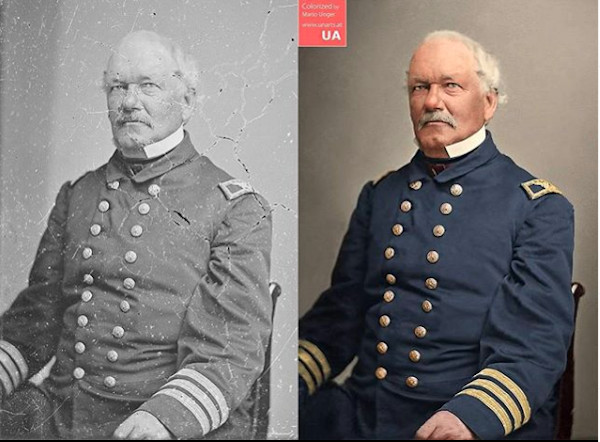
As you can see from the before and after images, Mario’s work involves not only the colorizing of an image but also the initial restoration of the photograph! Once the photograph is clearer, Mario’s talent shows through the careful shading of Theodorus Bailey’s skin at the edge of his color, the careful shades of his clothes creases, even the rich color of the barely-visible chair on which he sits.
Mario’s Instagram contains all kinds of photography and is worth a browse in itself. But if you just want to see his colorized photos, check out his collection of 102 colorized photos at Bored Panda. He says this collection of images represents over 3,000 hours of work, and after seeing some of these crowd scenes I believe him!
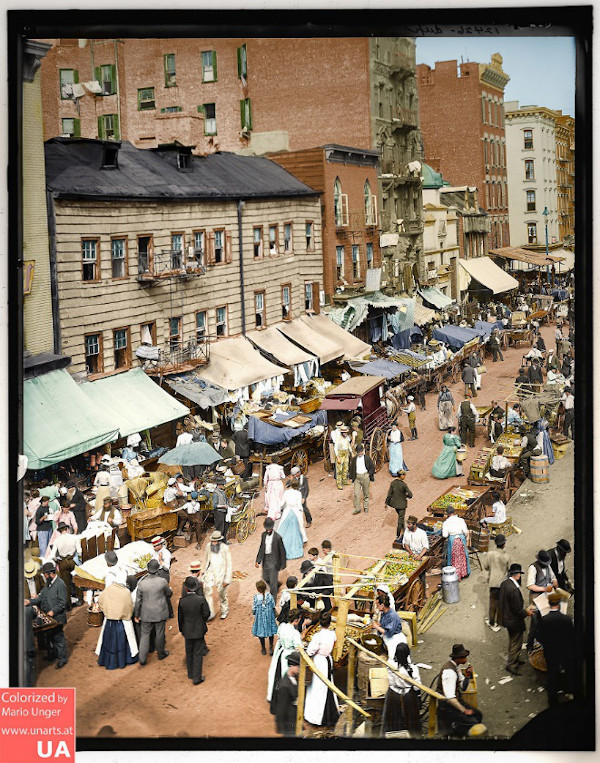
Marina Amaral
Mario Unger’s colorizing projects draw me into small details and textures. Even in the crowd scenes there’s a sense of attention that gets me zooming in to look at every last corner of the image. With Marina Amaral, it’s different. The detail she’s bringing out is not from the image itself, but rather the projects she’s involved in and the collections she’s created. She’s bringing out the detail — the human detail — in history.
A self-taught artist in Brazil, Marina’s website showcases the huge variety of work she has done. She also has a comparison slider built in so you can see what the images looked like before and after her work. Look at this photograph on the front page of her site!
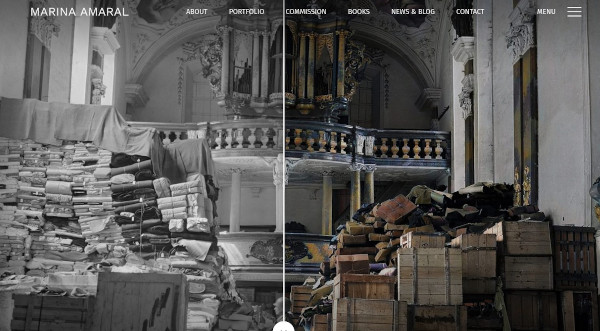
In association with Dan Jones, Marina created The World Aflame, a book that brings the history of war closer through colorized pictures. A collaboration with Auschwitz-Birkenau Museum and a group of experts led to Faces of Auschwitz, a heartrending project to colorize the photos of Auschwitz victims and spotlight their stories.
Another project on her own site shows colorized portraits of people of African origin, both slaves and free, in Brazil in the late 19th century. The photos are painful whether colorized or not. But when color is added, they gain an immediacy, an emotional tangibility. They are, in every sense of the word, striking.
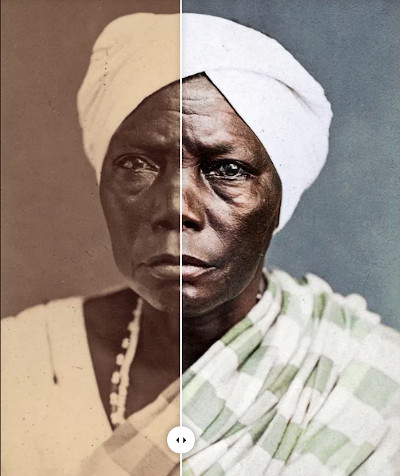
While Mario Unger’s work brings to mind exploration and adventure, Marina’s seems more restrained and focused, possibly because of the number of projects and collaborations she has done. You get the feeling she’s using her skill to present history in the clearest way possible, so we can get the emotional impact even from the distance of decades or even past a century. It feels like she is returning power to the people in the photos.
Mads Madsen
If you go looking for Mads Madsen online, you’ll find two primary results. The first is an actor from Denmark. The other is a slightly younger colorist from Denmark. I must admit, though, I knew about the colorist long before I knew about the actor!
I went poking around to see if I could find a current website for Mads Madsen, but they were all defunct. Happily he’s got collections of his work on Instagram and an older but extensive collection of work on Twitter. (Mads started focusing on a health journey in 2018 and isn’t as active online as he used to be.)
Mario Unger and Marina Amaral include in their work long shots and sweeping scenes focusing on detail. Mads Madsen’s work is more about portraits. His Instagram has any number of famous political and historical figures from every corner of our on-camera history (his images range from U.S. Revolutionary War veteran Jonathan Smith to the late puppeteer Jim Henson) but his work also looks at less-famous people. I think my favorite from his Instagram is sketch artist Alfred R. Waud.
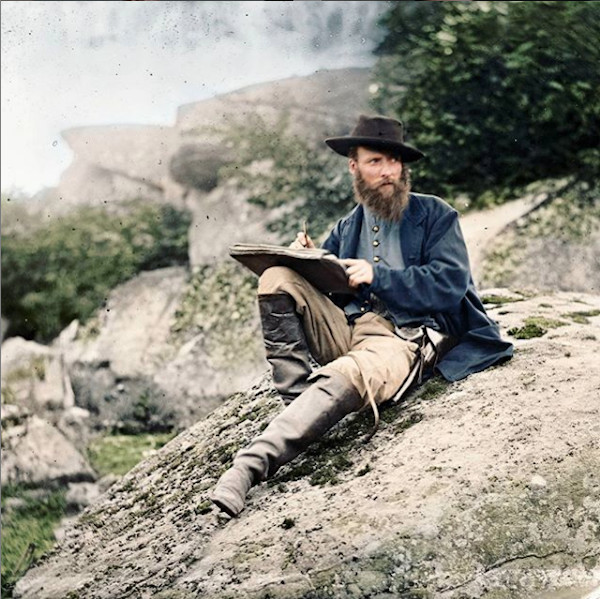
I like his work because he manages to be both sympathetic and honest. Mads doesn’t flinch from showing the weariness and wear on Winston Churchill’s face. In another picture he captures both strength and uncertainty in James Dean, allowing the portrait to build through the tiny sparks of light in his beard and the pull on the fabric he’s wearing.
Mads can also teach you about the craft of colorizing. His YouTube channel, History Colored, contains a small collection of instructional videos that show you how he uses Photoshop to colorize photos. If you’re not familiar with how photo editing works, you might find yourself surprised with some of the in-between steps!
Uploaded to YouTube by History Colored
Of course these three colorists are not the only ones on the Internet. They’re not even the tip of the iceberg! Check out the subreddit History in Color. There you’ll find contributions of a number of colorists that include everything from famous people to historical scenes to everyday history.
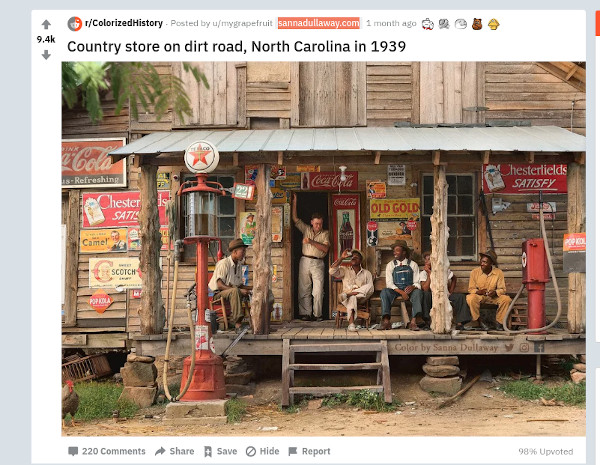
The 4K History of Denis Shiryaev
Static images, even colorized, can only go so far in helping you appreciate the past. Film can bring you more into a scene. But restoring an image is one thing; restoring film is something else entirely. Can it be done?
Absolutely. Let me tell you about this guy, Denis Shiryaev.
Denis has a YouTube channel. He restores old videos. And when I say old, I mean the oldest video on his channel is from 1888! Denis is modest in his videos, commenting on one, “Anyone can repeat this process with algorithms that are currently published on Github; all of them are in the video description. Credit should go to DIAN, Topaz AI, ESRGAN, Waifu2x, DeOldify and other developers who are part of the worldwide ML-community and contributing to humanity by making these algorithms publicly available.”
That may be true, but Denis does a lot of work. He ups the frame rate for the videos, sharpens and restores the images, and does some basic colorizing (though as you might expect, colorizing an old video on the fly is not nearly as detailed as hand-restoring a photograph). There’s even ambient sound in the video from another YouTube channel, Guy Jones.
All this effort leads to videos that are uncanny!
The kids dodging a trolley car in 1906 San Francisco (just four days before the earthquake) look like they might be doing cosplay for a convention taking place on the next block. In a film taken in 1890’s Paris, a kid steps right into the middle of the frame and blocks the view until a bit of prodding from an umbrella gets him to move. Except for the clothes and the odd colorization, it could be yesterday.
San Francisco, a Trip down Market Street, April 14, 1906 (Uploaded to YouTube by Denis Shiryaev)
Denis Shiryaev’s work is not a reproduction or an approximation of the past. It’s a restoration of history using tools that were part of science fiction. Denis Shiryaev is making the most of new technology to bring history closer to us. Mads Madsen, Marina Amaral, and Mario Unger use that technology and an artist’s eye to bring black and white images much closer to the present. A living, vivid history is important now more than ever, when it’s so critical to take stock of the present and plan for a better (and hopefully less tempestuous) future.
Featured image: restored and colorized image of Theodorus Bailey by Mario Unger
Become a Saturday Evening Post member and enjoy unlimited access. Subscribe now
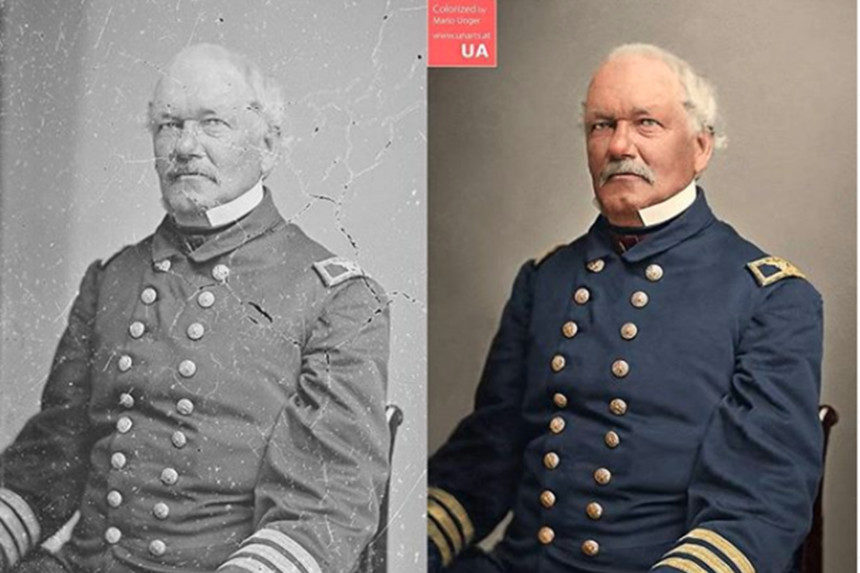

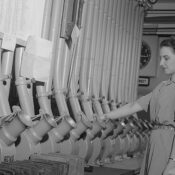
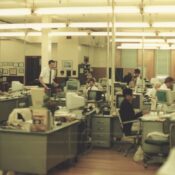
Comments
This post is a fascinating exploration of how colorizing historical images can transform our perception of the past. It truly brings to life the people and events that have shaped our history. I appreciate the thoughtful approach to preserving history while making it more relatable and engaging. Can’t wait to see more colorized images in the future!